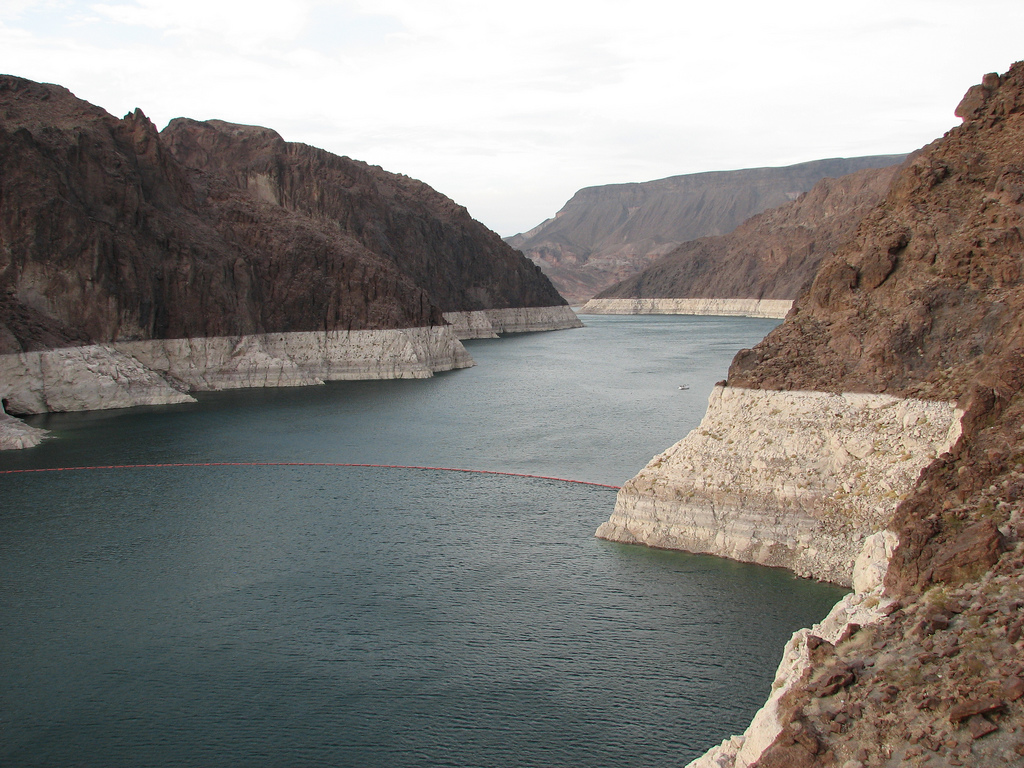The multifaceted benefits of effective water infrastructure management
On April 25, Senate Majority Leader Harry Reid (D-NV) and the National Science Foundation (NSF) joined Discover Magazine, IEEE-USA and the American Society of Mechanical Engineers (ASME) in hosting a briefing on how urban water infrastructure can be utilized to conserve energy and protect potable water resources. The briefing sought to promote the idea that better management of water resources serves to improve ecosystems, water quality and mitigate impacts of climate change.
In his opening remarks, Senator Reid emphasized how climate change, energy and infrastructure are all interconnected. The Majority Leader noted the importance of such programs as the Land and Water Conservation Fund, which he contended have seen funding shortfalls for much of the past 15 years. He also lamented how some of his colleagues in the Senate remain unwilling to address the issue of climate change.
In July 2011, NSF announced a five-year, $18.5 million grant to fund a new Engineering Research Center to revolutionize the nation’s urban water infrastructure, the Engineering for Research Center for Re-inventing the Nation’s Urban Water Infrastructure (ReNUWIt) at Stanford University. The new center includes 22 industry partners and researchers from a variety of fields related to ecology, urban studies and law that will work to foster innovative solutions to issues related to water infrastructure systems.
Richard Luthy, Director at ReNUWIt, noted the many potential benefits reaped from advancements in wastewater treatment technologies. Noting the increasingly important role they play in energy management, Luthy suggested that wastewater plants be looked at as “resource recovery centers.” He said that nitrogen and phosphorus in wastewater can be effectively used as fertilizer. According to ReNuWIt, reusing municipal wastewater that would otherwise be discharged into an ocean or estuary for non-potable uses would significantly augment water availability, save on the energy that would be used to treat water to make it potable and curb the need to transport water supplies.
Patricia Mulroy, General Manger of the Las Vegas Valley Water District in the Southern Nevada Water Authority, noted that 100 percent of the water from Lake Meade used by neighboring communities is treated and returned to the lake for reuse. Mulroy stated that treated wastewater has helped to restore wetlands in the state of Nevada. She also noted that climate change will continue to diminish water resources, furthering the need to take advantage of new wastewater management technologies.
The briefing was moderated by Tom Peterson, Assistant Director of the NSF Directorate for Engineering. He noted that while U.S. investment in water infrastructure research has flat-lined for decades, China has doubled its investment in water infrastructure research. For additional information on NSF activities related to ReNUWIt, click here.
Photo Credit: James Arnott
